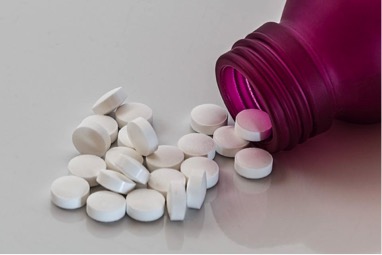Duchenne muscular dystrophy
Treatment and therapies
There is currently no cure for DMD. Some medicines help to manage the disease and slow down its progression. Up-to-date management of DMD complications and supportive treatment are vital. They have a significant impact on the course of the condition, quality of life and life expectancy.

Corticosteroids are the only treatments currently available to all individuals with DMD. They include prednisone/prednisolone or deflazacort. They are available regardless of the type of genetic mutation. Corticosteroids are part of the care recommendations. There is evidence that they:
- Slow down the progression of muscle weakness
- Maintain the ability to walk
- Preserve arm function over a certain period of time
- Delay breathing and heart complications
- Postpone or avoid orthopaedic complications. eg. curve of the spine requiring surgery.
Corticosteroids are also associated with side effects, which need careful management. These include, among others:
- weight gain
- behavioural problems
- stunting of growth
- delayed puberty
- increased risk of fracture due to bone fragility
Different corticosteroids and different regimes can help balance benefits and side-effects. Regimes can include:
- Daily regimes
- Intermittent regimes (eg. 10 days on, 10 days off)
- Alternate days
- High weekend dose
No clear guidelines are available to recommend a particular corticosteroid or regime. There are also no clear guidelines on the best age to start treatment. The DMD guide for families describes the prescription of corticosteroids in detail.
The European Medicines Agency (EMA) approved Translarna (ataluren) in 2014 under conditional approval. They renewed this in 2017. Clincial trials showed some evidence that Translarna can slow the progression of muscle weakness in DMD. It is only available for boys with the stop codon mutation, acounting for around 10% of boys with DMD. Translarna is currently available in some European countries. It is not available in others , or in the US but availability may increase over time.
Eteplirsen® is an antisense oligonucleotide targeting exon 51 of the dystrophin gene. Antisense oligonucleotides aim to correct the genetic defect causing DMD. They allow the production of partially functional dystrophin, associated with a milder Becker's like presentation. Eteplirsen®targets exon 51 skippable mutations so it is only available for 10-13% of boys with DMD. The FDA approved Eteplirsen®in the US (depending on reimbursement from the payers). It is not currently available in the EU. The availability of Eteplirsen®in different countries might change in the future.
A virtual diagram of treatment possibilities is available here.